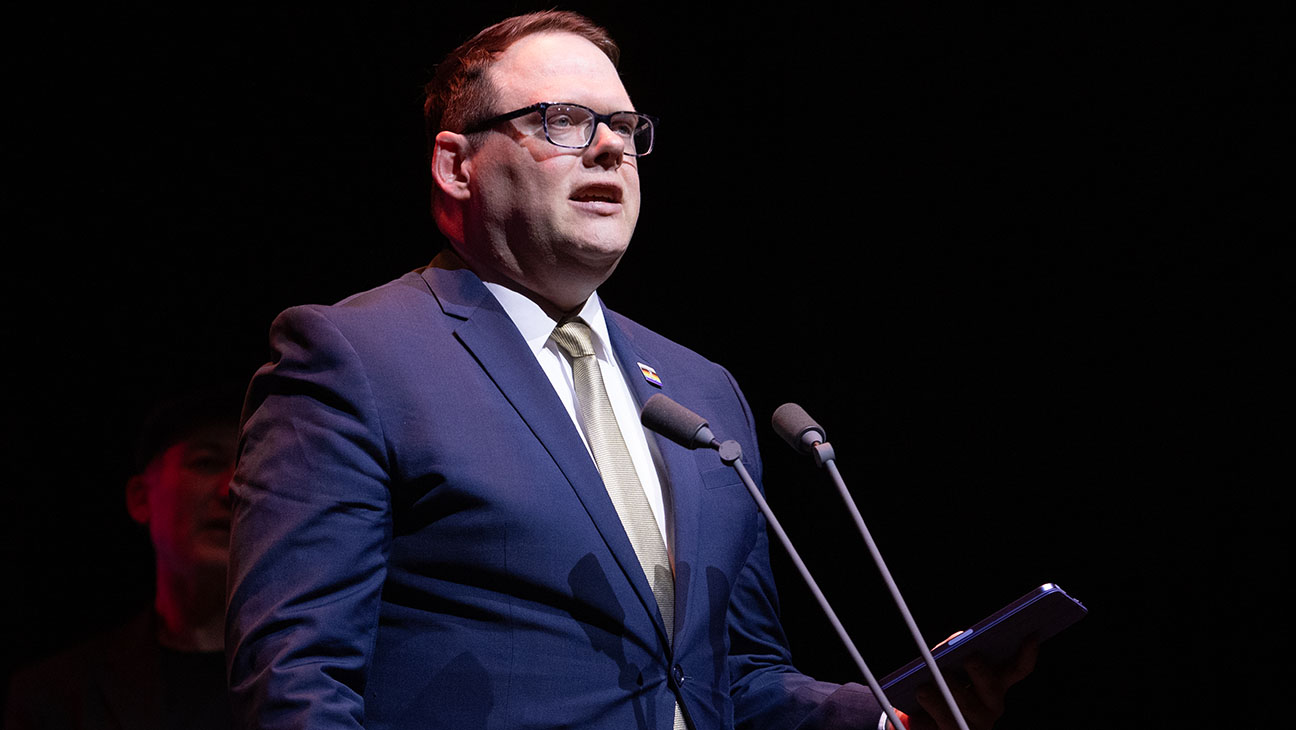The transformation in how work is carried out has the potential to reduce costs while enhancing the sense of purpose and personal connection individuals feel towards their work.
Central to this shift is the concept of “pixelating” work—deconstructing it into its fundamental outcomes, roles, and expertise, then reconstructing it in a manner that aligns with both business goals and individual achievements. This process requires a deep understanding of people’s innate abilities, skills, ambitions, and motivations, matching them with roles that facilitate effective contribution and personal growth.
Sam Schlimper, Managing Director at Randstad, emphasizes the necessity to redesign work for companies to thrive and individuals to thrive, integrating performance and well-being seamlessly. The restructuring of jobs is not solely about integrating people with AI but also about fundamentally reimagining the interaction between individuals and systems. By automating many repetitive tasks through AI, individuals are freed to focus on more creative and strategic endeavors.
However, this transition also poses challenges. As AI takes over routine tasks swiftly, what remains for individuals is more intricate and intellectually demanding work, according to Schlimper. While this shift is essential, the implications for well-being raise questions about how to support individuals as they invest intellectual and emotional energy in complex tasks after the removal of simpler, quick-to-complete assignments.
The Crucial Role of Humans and the CHRO
Human Resources (HR) must collaborate to devise work methodologies and assist employees in navigating these changes to address these challenges. Nichol Bradford, AI + HI Executive-in-House at SHRM, suggests that a career comprises both intended achievements and unforeseen responsibilities—a concept Microsoft terms the ‘delight over struggle amount.’ Automating undesirable tasks is key, shifting from viewing work as a set of duties to outcomes tied to creations. HR plays a vital role in instilling a mindset that embraces change, supporting successful transitions that drive organizational AI maturity.
A study by BetterUp underscores the significance of role modeling in fostering AI adoption. Teams led by managers who embrace AI are more inclined to adopt new tools and practices compared to those led by less enthusiastic managers. Dr. Gabriella Rosen Kellerman, CEO of BetterUp, notes the importance of mindset in driving AI acceptance, highlighting the ‘Captain thinking’ mindset that promotes enthusiasm and company alignment. Organizations must empower managers to prioritize recognition, motivation, and delegation of non-human-centric tasks to AI to facilitate AI adoption successfully.
Improving the Work Experience for Individuals
Ultimately, the objective is to enhance the human experience of work. By pixelating work into its essential components and reconfiguring it to leverage human and AI strengths, organizations can unlock untapped potential for both business performance and employee well-being. Shivani Parekh, a Partner at Kearney, stresses the need for organizations to harness the collective intelligence of humans and AI to redesign jobs, collaboration, decision-making, and drive better outcomes. The convergence of a growing employee wellness crisis and potent AI capabilities necessitates a shift towards redesigning work experiences. Organizations that effectively utilize AI to enhance work experiences will thrive, while those that do not risk becoming obsolete.










